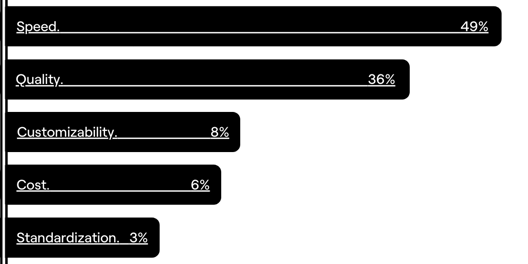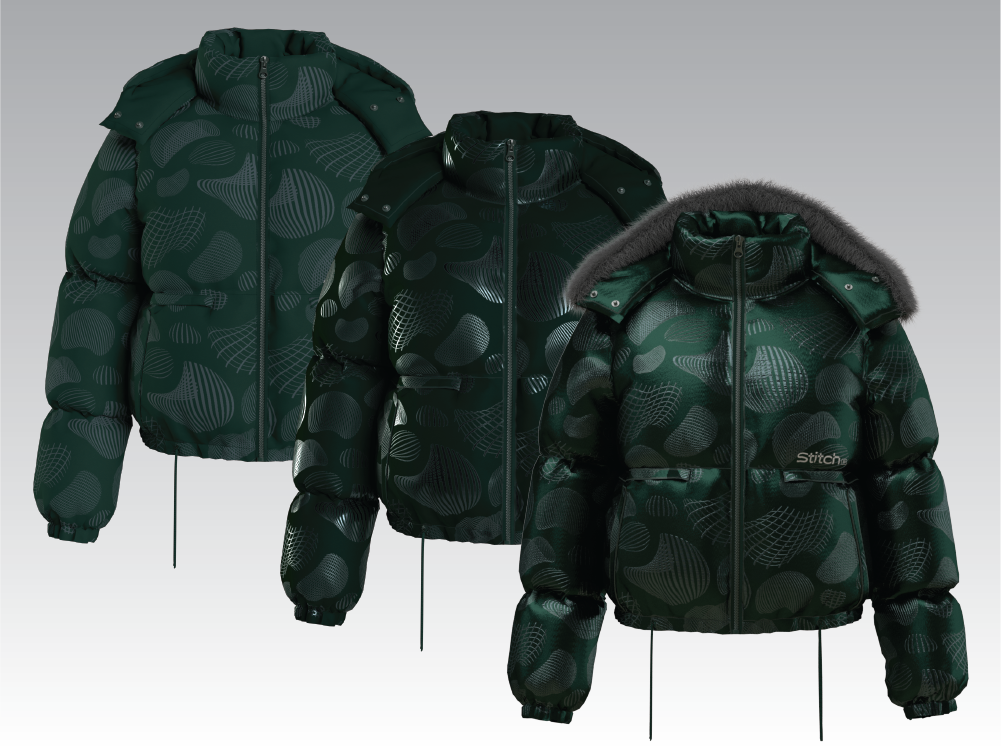By Álvaro Pin
There's more to it than just render quality
“It’s never going to work”. “Quality is not good enough”. If you work using 3D tools these days you’ve probably heard this from sales. Many companies are struggling to convince sales to use 3D samples. “You don’t want to sell-in something that will look different to the final product, especially if you sell without any physical samples. This can damage your relationship with your buyer”, Go-To-Market Sales lead at On. With key relationships at stake, companies need to find a way to get the benefits of 3D at scale without hurting sales revenue. In other words: 3D samples need to be useful for sales teams if you want sales to use 3D samples. While quality is a common objection, it’s not the only element to work on. How you collaborate with your sales team is important too. These are 4 tactics to convince sales to use 3D samples.
Bring them to your product creation process.
Let's start with the basics first. Do sales know what 3D is? Awareness should be the start of your collaboration with sales. Show them the benefits 3D brings to your process. For sales teams understanding 3D samples starts with understanding 3D Design. They may not be aware of the value it brings to you and the process. These can help them see the benefits for them that couldn’t be possible with conventional samples such as accurate sizing, enhanced data points (e.g. pressure maps), and color accuracy.
Understand how they work.
Sales teams should know how 3D works just as much as product creation teams should understand how sales teams work. 3D samples need to be useful during a sales appointment. Quality aside (we’ll cover that in the next point) a 3D sample should highlight the unique selling points of a product. Sales normally highlight the selling points of products during the appointment and these selling points are different per product category. “This depends on the product and/or brand story you want to tell and the good news with 3D is that the options are almost limitless.” The best way to learn about this (you guessed it) is to talk to them. Unearth the different elements that help them sell each product and co-create a 3D Style Guide with them for each product category.
Review the quality of your renders.
“The final render needs to come alive and look “real”, from a shape, material and detail perspective. You want your buyer to feel like they can touch, experience, and understand it”, says Hans. Quality is arguably the biggest objection amongst sales teams. While quality is important, it’s one of the things to consider in a final render. It’s also important to find the right balance between quality, costs, and speed. You may want the highest quality renders, but not if they’re late and you have no physical samples. You want renders to be on time, but not if they don’t look like the real deal. How can you define this balance? Talk to sales. Run regular checks with them to improve your current render pipeline. For optimal results, involve some of your accounts as well!
 3D Rendering Preferences Poll Results.
3D Rendering Preferences Poll Results.
Help them feel confident in 3D.
Even if your renders are spot-on, sales teams will still need to overcome the fear of change (and their customers!) before you can implement more 3D samples. Identify, together with sales, the categories they feel comfortable selling digitally. These will be your 3D starters. Moving to 3D isn’t just about the quality of the render, but also about navigating change. Let them see how 3D samples work during a sales appointment. If they feel confident, they’ll be more open to learning the benefits of 3D samples and this will help you implement more categories gradually each season.
Scaling 3D isn’t just a technical challenge. It’s a collaboration challenge as well. And a human challenge. The quality of your renders is very important but so is the quality of the relationship between teams. “Always keep the end-user and their goals at the forefront of your considerations. Whatever you create has to work for them”, Hans points out. If you want sales to use 3D samples you’ve got to talk to them. Understand their needs. Be open to their feedback. Do this and you’ll see progress much faster than by just improving your renders, even when your renders aren’t 100% ready for sales. ;)
